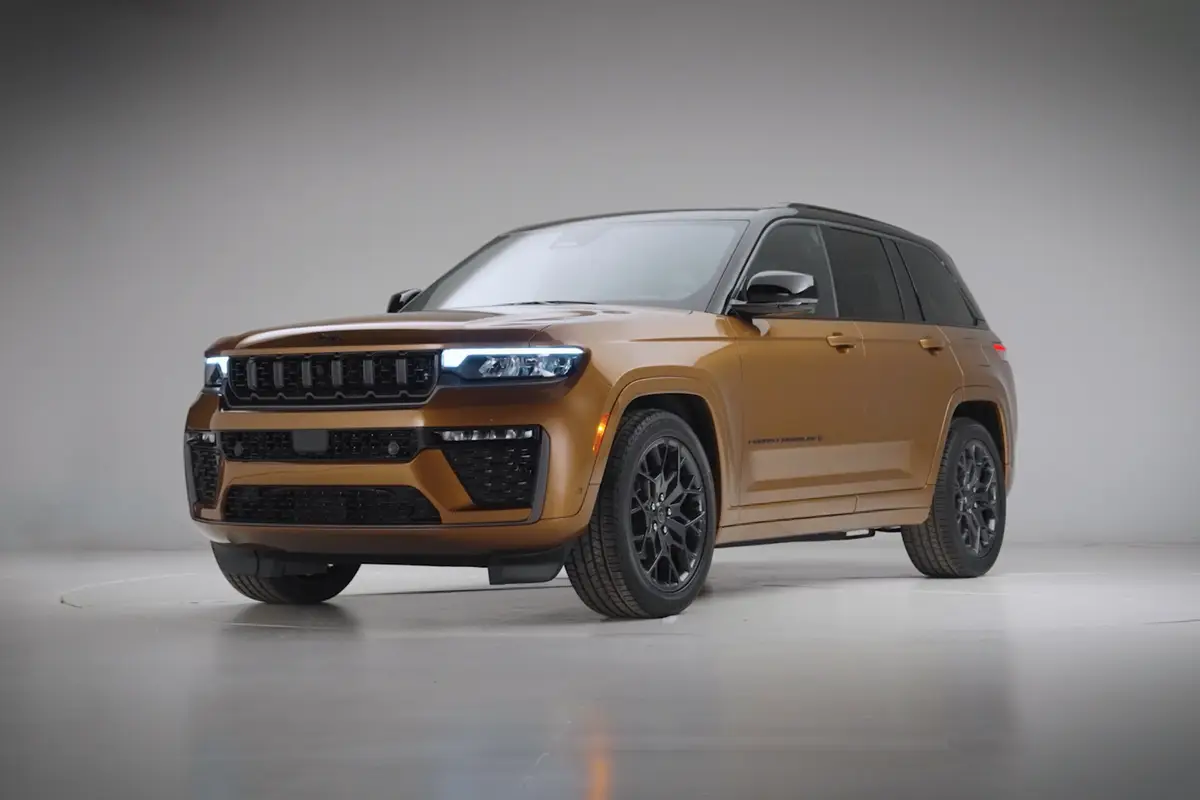Your Corvette Has a Removable Roof — Do You Need a Convertible?

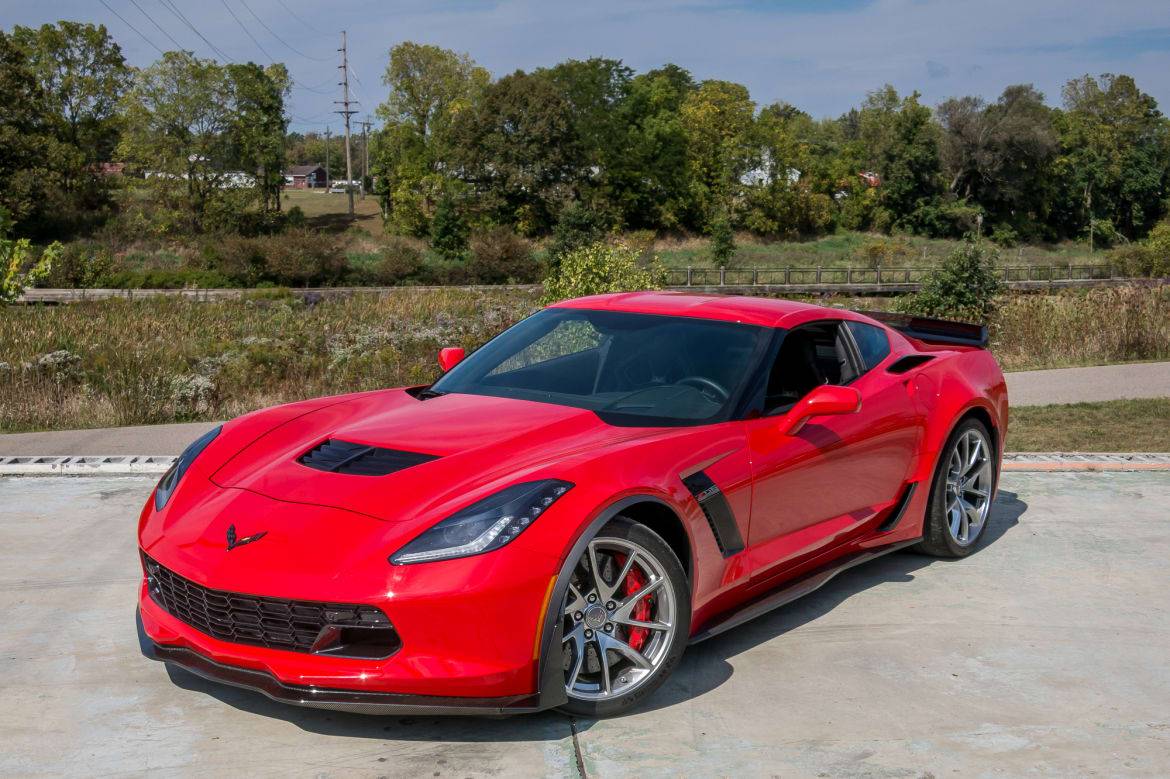
CARS.COM — It’s a sports car enthusiast’s conundrum: Do you get a coupe for those days when you’ll need a fixed roof for a track day, or do you get a convertible since you spend most of your time cruising and not racing? Many clubs won’t let a soft-top vehicle on a racetrack, but if you’re only a sometimes-track-day driver, forgoing the convertible version of your sports car of choice may be something you regret.
Related: 2017 Chevrolet Corvette Grand Sport Vetted as Daily Driver
- ${price_badge()}
- ${ami_badge()}
- ${battery_badge()}${ev_report_link()}
- ${hot_car_badge()}
- ${award_badge()}
- ${cpo_badge()}
${price_badge_description}
${ami_badge_description}
The EV Battery Rating is based on this vehicle's current expected range relative to the vehicles expected range when new. ${battery_badge_text}
This vehicle is certified pre-owned, backed by a manufacturer warranty, and typically undergoes a rigorous multi-point inspection to ensure quality and reliability.
This vehicle is currently in high demand given its competitive price, desirable features, and overall condition, and may have a higher chance of selling quickly.
Shop the 2017 Chevrolet Corvette near you


Well, if you’ve got your eye on a new Chevrolet Corvette — the “C7” version, which is the latest model in a long line of ‘Vettes — there’s a feature that’s standard on every model that may help you decide. Every Corvette has a removable carbon-fiber roof panel that stores in the cargo area — a “targa” roof – that allows plenty of air into the cabin while maintaining the security of a locking hardtop.
Chevrolet dropped off a new 2018 Corvette Z06 coupe in my driveway recently, just in time for me to enjoy this greatly extended summer weather in the Midwest. It was a perfect opportunity to see if the removable roof panel is a suitable alternative to the full Corvette convertible.
How It Works
From inside, there are just three simple latches to unfasten the carbon-fiber targa top from the rest of the car: two up front and one behind your head. Once done, drop the windows and pop open the back hatch (so you have somewhere to put the panel). Then reach in from outside the car and lift it off from underneath. Since it’s made of carbon fiber, the panel isn’t heavy at all — but Chevy recommends two people remove it, as it is a little unwieldy and you don’t want to scratch anything. I had no problem manhandling it off and on the car myself, however, so it’s easily accomplished.
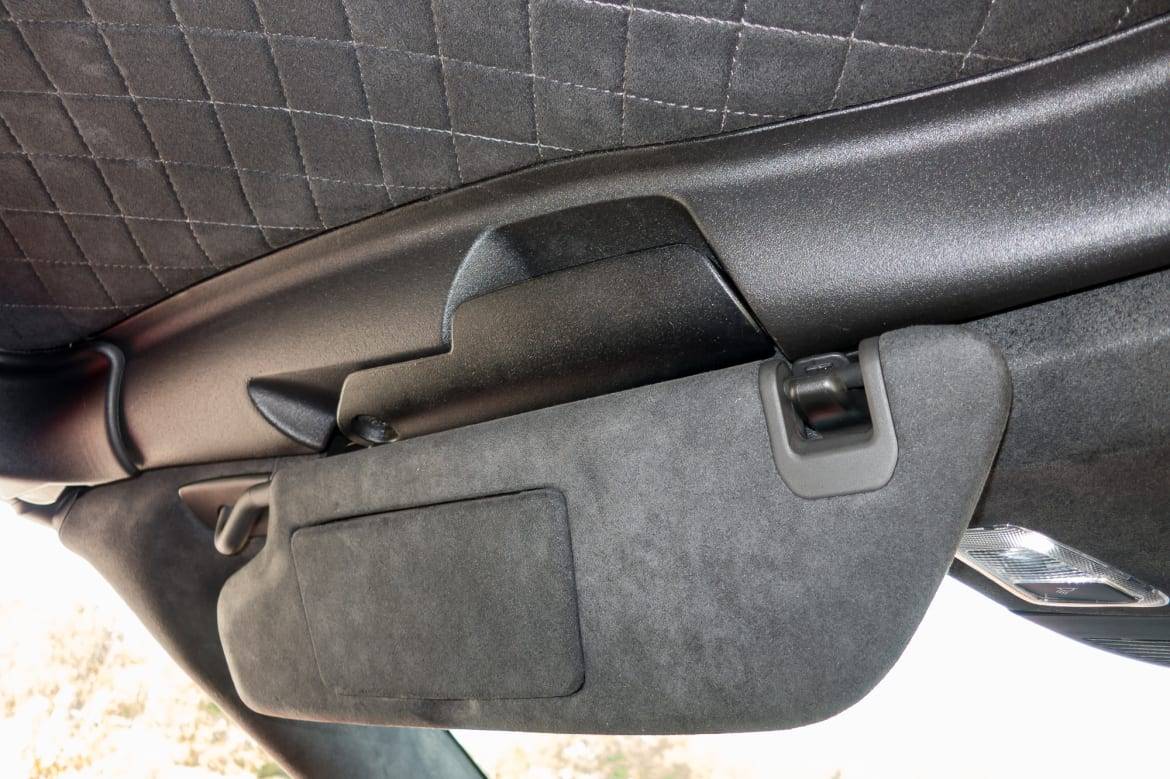
Once off and in your hands, it slides into the back cargo area in a special recess, then presses down to lock into place. You can still use the cargo area when it’s there, but the depth of the space is reduced. Swing the top up and you can place some flat cargo there — like a pizza box or a pair of boots, but not a golf bag. Close the glass hatch and off you go. Putting the top back on is just as easy, a matter of snugging it into the opening and refastening all the latches. The bigger challenge is just maneuvering the wide roof panel around solo.
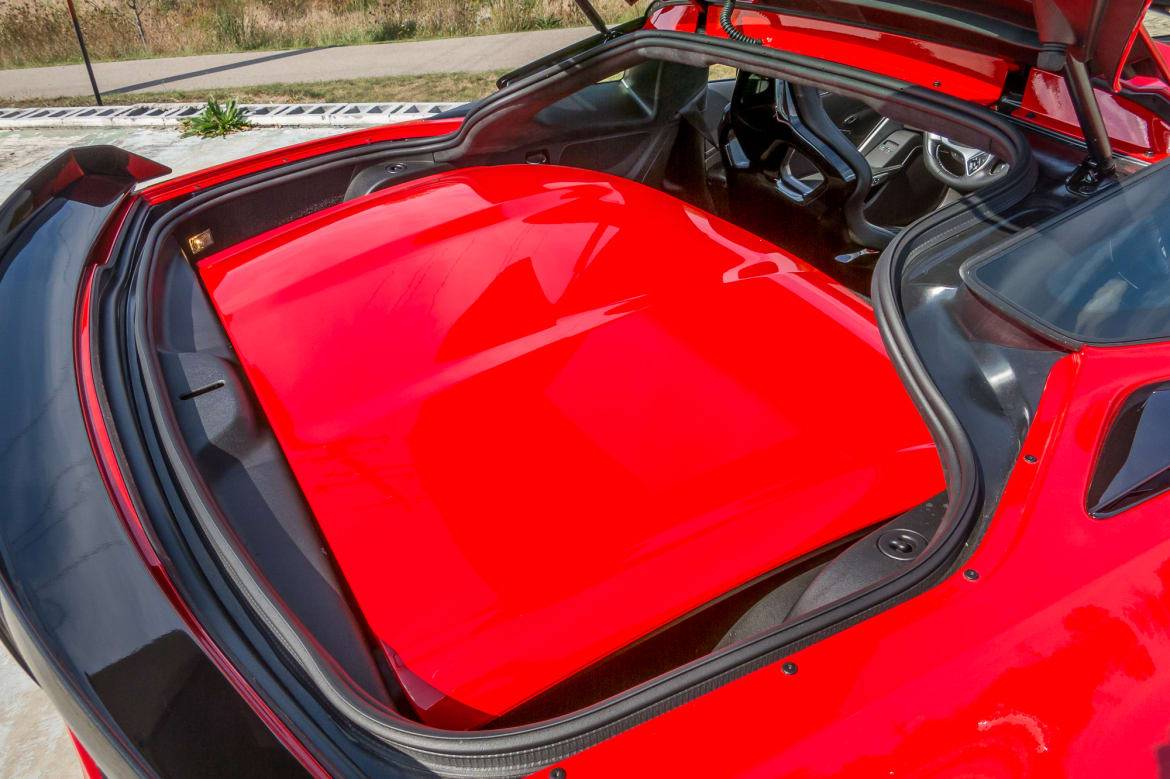
The Experience
Back in the cockpit, the open roof lets plenty of air and light in, as if the Corvette had a massive sunroof. Wind buffeting is minimal but does impact conversations — no more so, however, than the deafening bellow from the Z06’s sport exhaust does. You can hear that exhaust better with the top off.
The benefit of removing only part of the Corvette’s roof is that the spectacular styling of the coupe is largely kept intact. While the convertible is a handsome car in its own right, there’s just something about that long roofline on the coupe and the upsweep to the haunches that works better, in my eyes.

But the downside of still having the majority of the roof in place is that you don’t get the full open-air experience that the convertible provides. The visibility is still compromised to the rear, there isn’t as much wind in the hair and the exhaust note doesn’t reach your ears without obstruction.
The ‘Vette ‘Vert Verdict
The bottom line is that the standard Corvette’s partially removable roof gives you most of the qualities of a convertible, but not quite the full experience. There’s a reason Chevrolet makes a full convertible version as well as the coupe — sometimes you just want a boulevard tourer and not a track monster.
For my money, I think I’d still go with the coupe. The Corvette is too good a sports car not to take to the track on a regular basis.
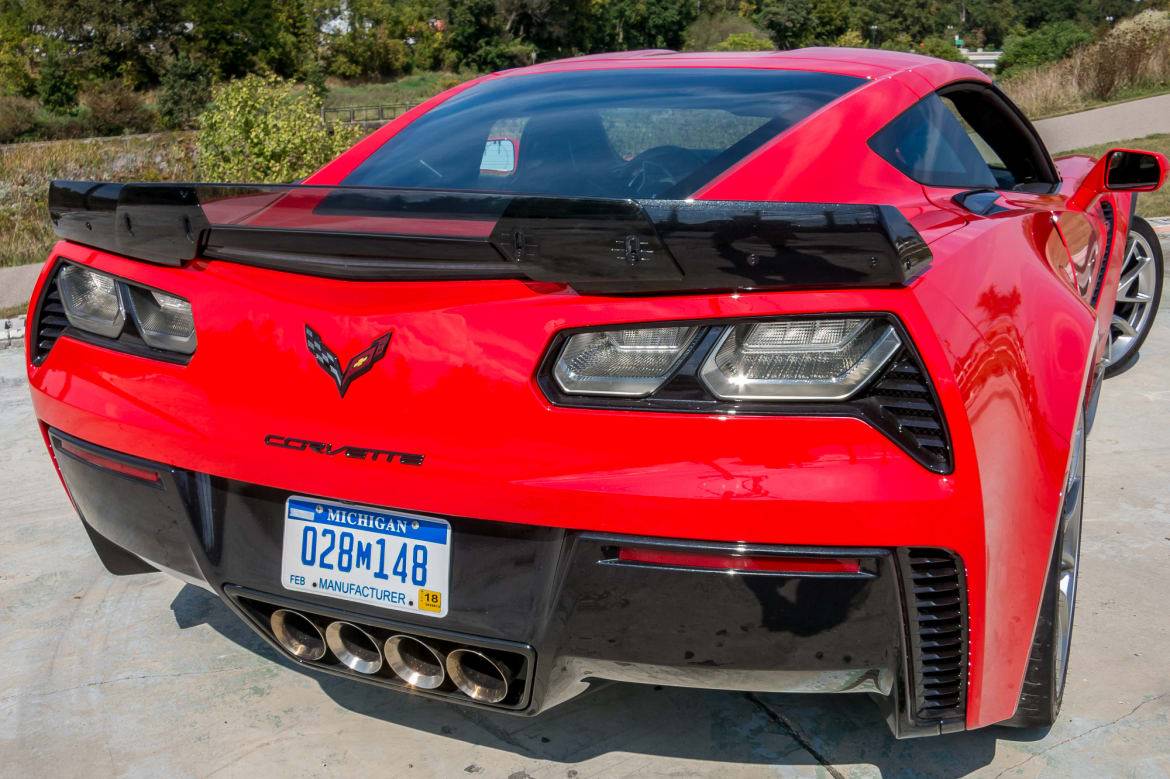
Cars.com’s Editorial department is your source for automotive news and reviews. In line with Cars.com’s long-standing ethics policy, editors and reviewers don’t accept gifts or free trips from automakers. The Editorial department is independent of Cars.com’s advertising, sales and sponsored content departments.

Detroit Bureau Chief Aaron Bragman has had over 25 years of experience in the auto industry as a journalist, analyst, purchasing agent and program manager. Bragman grew up around his father’s classic Triumph sports cars (which were all sold and gone when he turned 16, much to his frustration) and comes from a Detroit family where cars put food on tables as much as smiles on faces. Today, he’s a member of the Automotive Press Association and the Midwest Automotive Media Association. His pronouns are he/him, but his adjectives are fat/sassy.
Featured stories

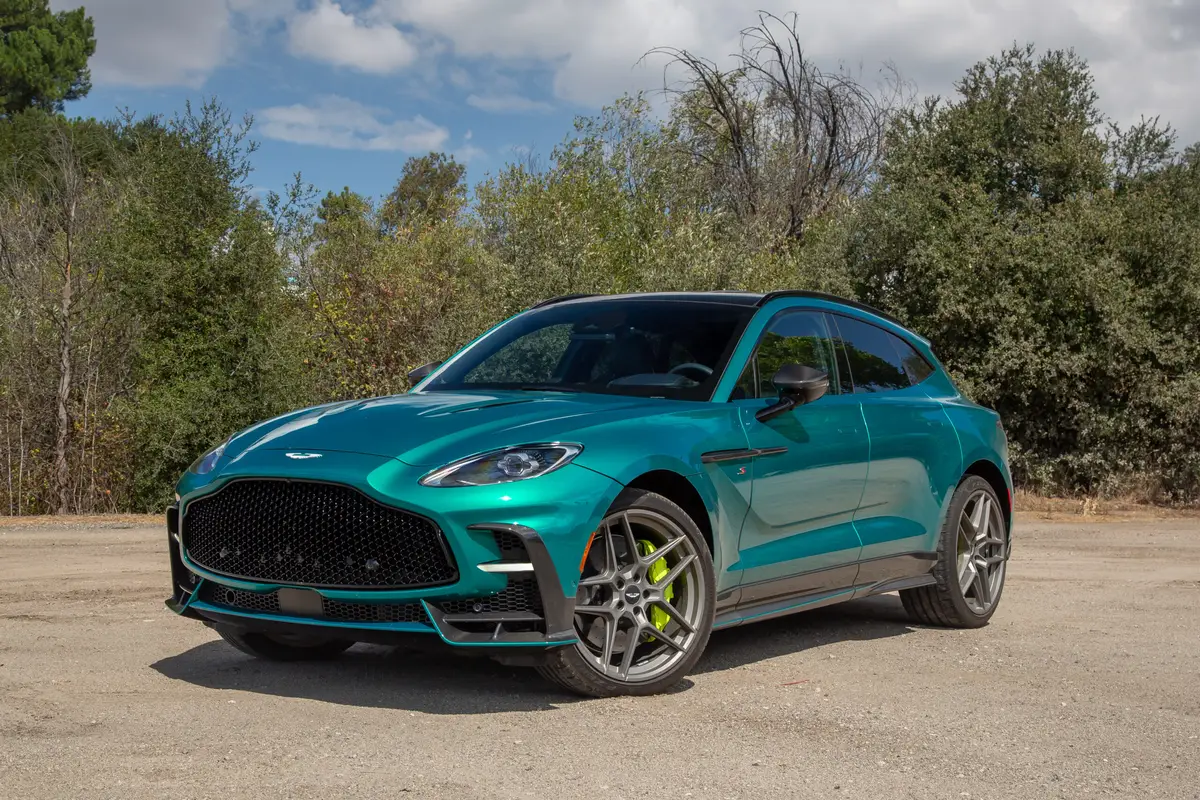
2026 Aston Martin DBX S Review: Excellence in (DB)X S

